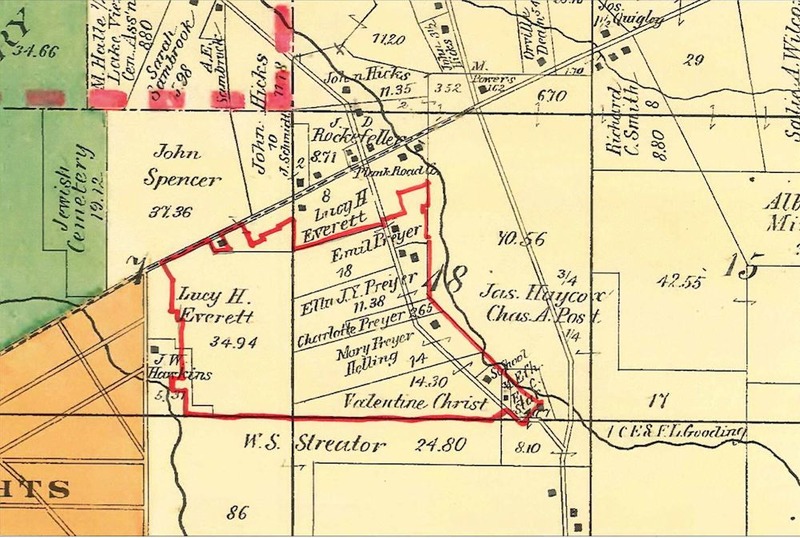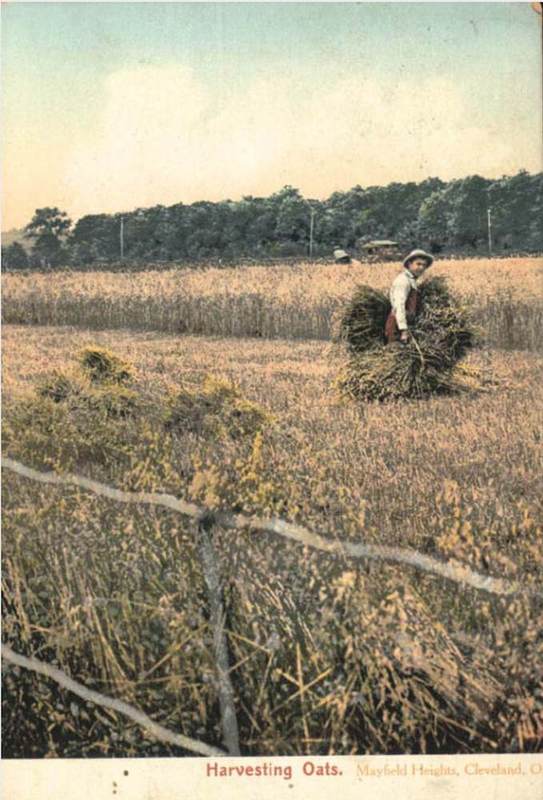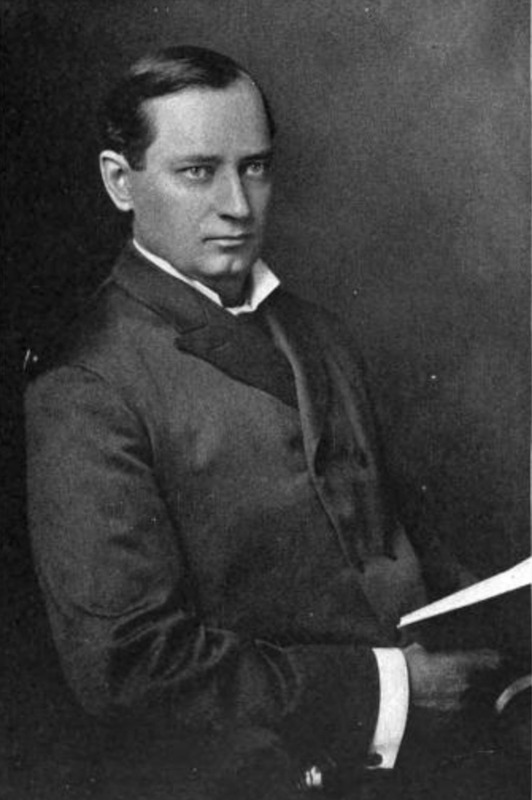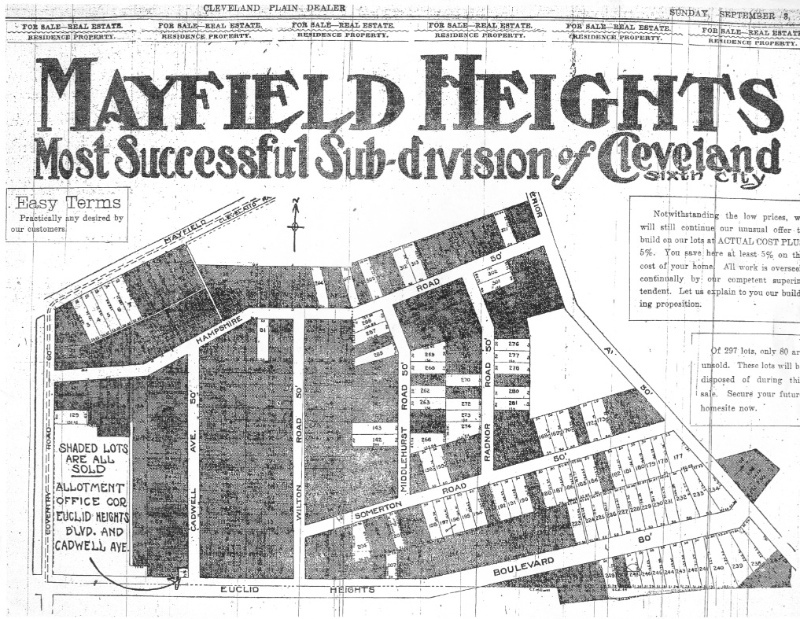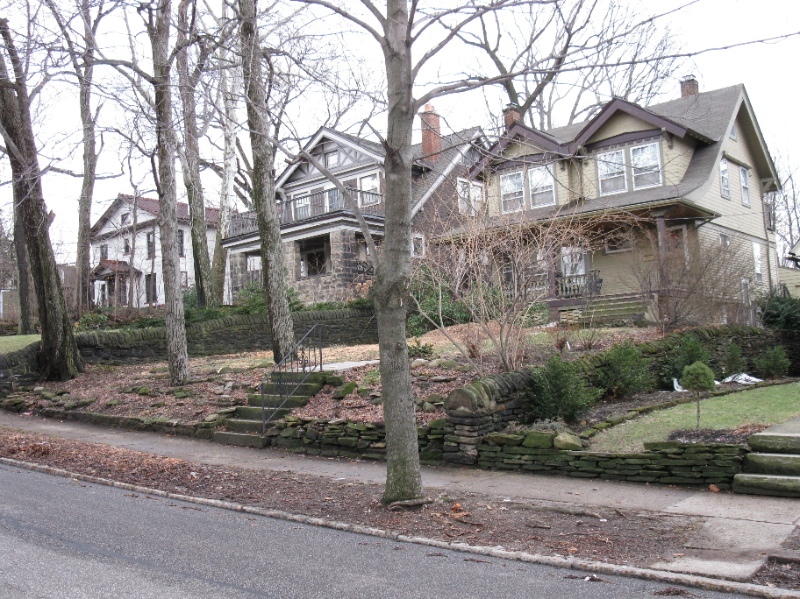M. M. Brown's Mayfield Heights

For over a century, the beautiful tree-shaded community once known as "Mayfield Heights" has stood as a fine example of an early 20th-century American suburban development. No, we're not speaking of the suburb that is located way out on Mayfield Road with the same name, but rather the original Mayfield Heights that is one of the oldest residential sections of Cleveland Heights. The neighborhood, initially part of East Cleveland Township, was envisioned by real estate attorney, developer, and philanthropist Marcus M. Brown (M. M. Brown). Brown, a self-made man, had a successful real estate and legal career in Chicago, but in 1896 he and his wife moved to Cleveland to seek more leisure time for literary and philosophical pursuits.
Shortly after M. M. Brown's arrival, he constructed a home on a Mayfield Road bluff just east of Coventry Road. Real estate development, it seemed, was still in his blood. From his new home, he started planning the development of a modern suburban community. The new community, bounded roughly by Mayfield Road, Superior Road, Euclid Heights Boulevard, and Coventry Road, was christened Mayfield Heights because it was situated above Mayfield Road's interurban and streetcar tracks. Unlike Patrick Calhoun's Euclid Heights to the immediate west, designed to attract a well-to-do constituency, Mayfield Heights was originally envisioned to appeal to the professional and managerial middle class. While some rather imposing dwellings were developed in the Mayfield Heights Allotment by Mr. Brown prior to 1900 (including a splendid new estate for himself and his family on Euclid Heights Boulevard at Wilton Road), later residences were relatively modest builder-designed homes nestled on smaller lots.
M. M. Brown created a network of fine brick streets for Mayfield Heights with such names as Center Avenue (Hampshire), Preyer Avenue (Somerton), Florence Avenue (Radnor), Hurst Avenue (Middlehurst), Monroe Avenue (Wilton), and Cadwell Avenue. Interestingly, Monroe was M. M. Brown's middle name and Cadwell was the maiden name of his wife, Jeanette. Unfortunately, after the turn of the century, sales began to wane and then the nationwide economic calamity known as the Panic of 1907 struck. Consumer interest in real estate all but dried up and in 1908, the Cleveland Trust Company foreclosed upon M. M. Brown and his Mayfield Heights Realty Company. The bank took ownership of the allotment at sheriff sale and began to aggressively market Mayfield Heights. Soon large newspaper ads proclaimed Mayfield Heights as "Country Life in Cleveland" and "Real Homes for Real People." In order to further advance the idea of "Country Life," Cleveland Trust changed the street names that M. M. Brown established to the English monikers we are familiar with today. Homes were sold for the advertised deal of "$500 down, the rest same as rent" until all the lots were gone.
The spirit of M. M. Brown's Mayfield Heights lives on to this day. The neighborhood's solid American Foursquare, Arts and Crafts, Craftsman, Bungalow, Colonial, and Queen Anne homes have been preserved and are mostly faithful to the styles in which they were originally built. The community prides itself as a traditional neighborhood of attractive homes and gardens in a pedestrian-friendly environment.
Images


